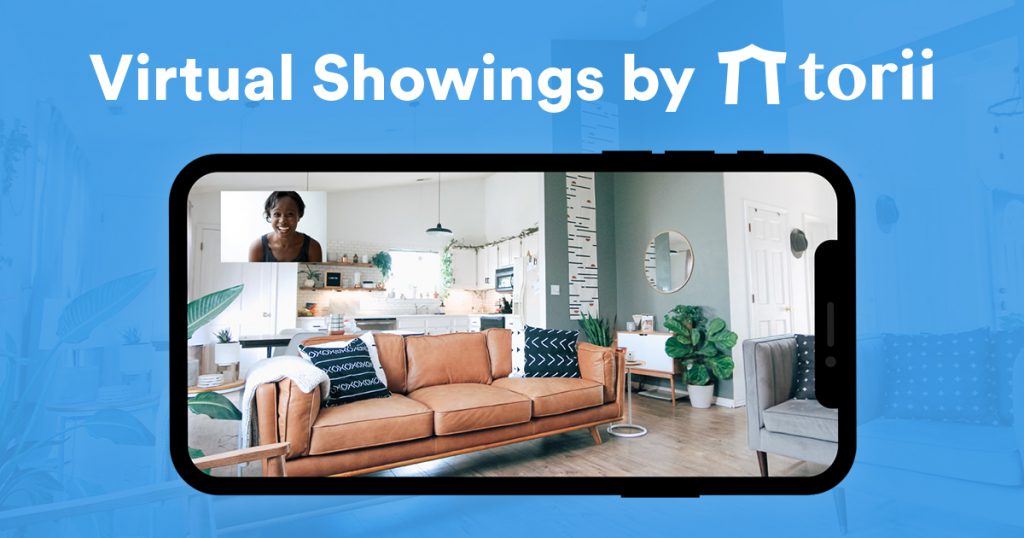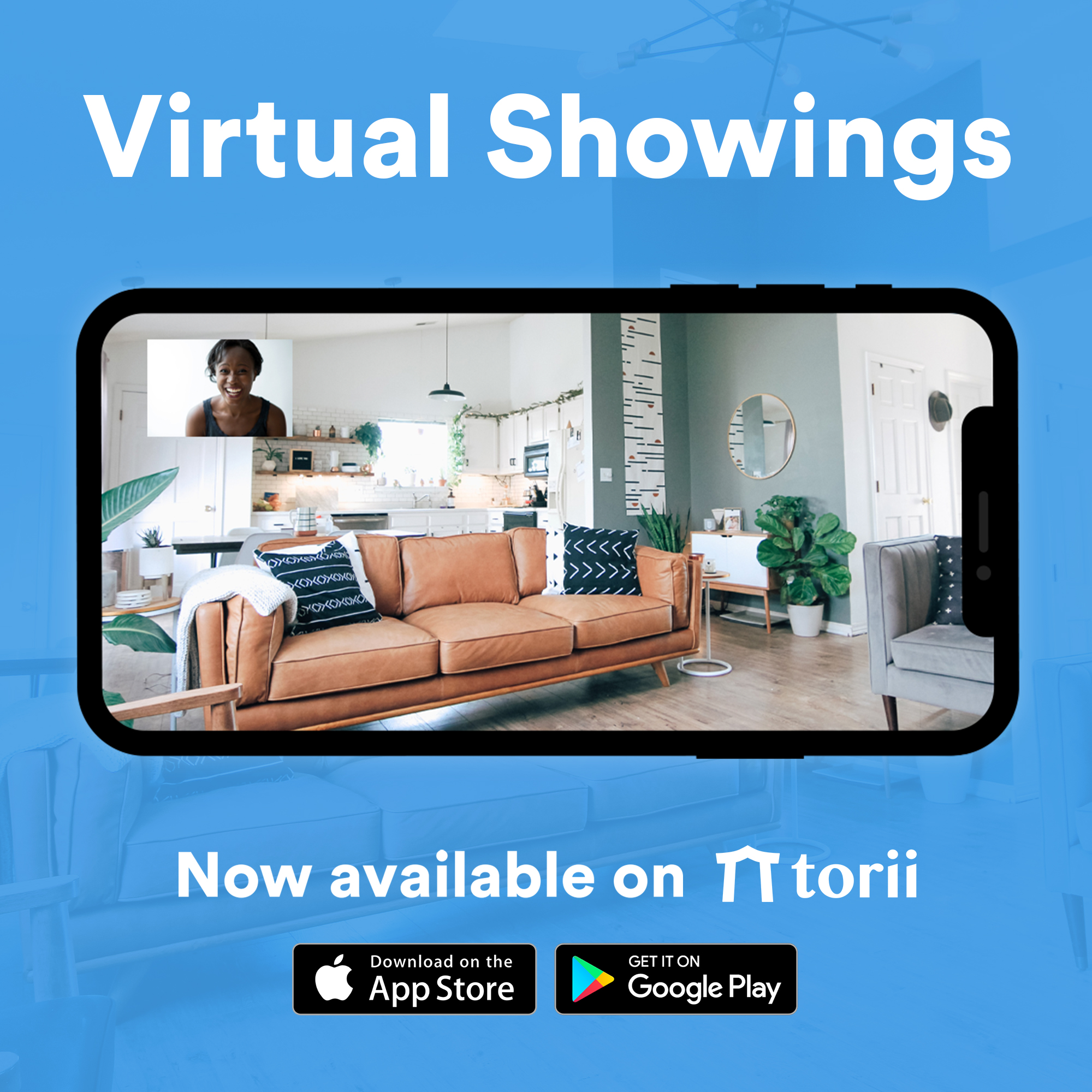The Torii team has put together tips for filming a virtual tour on a DSLR camera. If you don’t have a DSLR, check out Torii’s tips for filming a virtual tour on a smart phone.

- Walk through the home with your client (or on your own) first. Identify key areas that are important to highlight.
- If you plan to obtain staging quotes, take panoramic photos of the space so stagers can give you an accurate quote. Contact us for local staging company recommendations.
- Schedule your photo / video shoot for mid-day, when light at the home is at its brightest.
- Ideally present each room in 360° so that prospective buyers can explore the home’s space as if they were there in person. We recommend the Ricoh Theta SC or Insta360 One X. Otherwise, a standard DSLR camera with a fisheye or wide angle lens is a must.
- Be sure your camera’s settings are optimized for the environment you are shooting in, especially the white balance. Remember: As you travel from area to area, your lighting will change and your white balance may need to be adjusted.
- Avoid shooting in JPEG (smaller file size, low quality); rather, shoot using inbuilt HDR or RAW (high definition, larger file size).
- Level your tripod or monopod so each image is uniform. This is especially important when stitching photos for 360° view.
- Set your tripod height to reflect an average-height, eye-level perspective.
- Start at the entrance and shoot in the same order you’ll be using for your marketing. This will save you editing time.
- Consider including a clip (short) of the door opening or a walk in from outside to inside. If you’re walking from outside to inside, make sure to check your camera’s settings, as the exposure may need to be adjusted while walking in.
- Ideally, shoot each room from its center point.
- Be wary of reflections and mirrors and try not to show silhouettes on windows and reflective surfaces. Also, be aware of any shadows that may be noticeable on the floor. The cleaner your shoot, the more professional it will appear.
- Erase photos and/or video clips that are clearly unfit to use as you complete your shoot.
- Aim to use three to four different perspectives with your camera. Shoot from floor to ceiling, ceiling to floor, left to right, and right to left, as well as some slow zooms and zoom outs.
- Hold the camera steady at all times and move slowly each feature in the home can be clearly seen.
- For video, shoot 5-10 second clips. Ideally, you will use the smoothest 3-4 second clips of these shots. It should be rare to use clips longer than 3-4 seconds in your final video tour.
- Skip the music for video tours, let the property speak / sing for itself.
- Helpful phone apps for easily putting your images/videos together: Splice, InShot, Quik.

